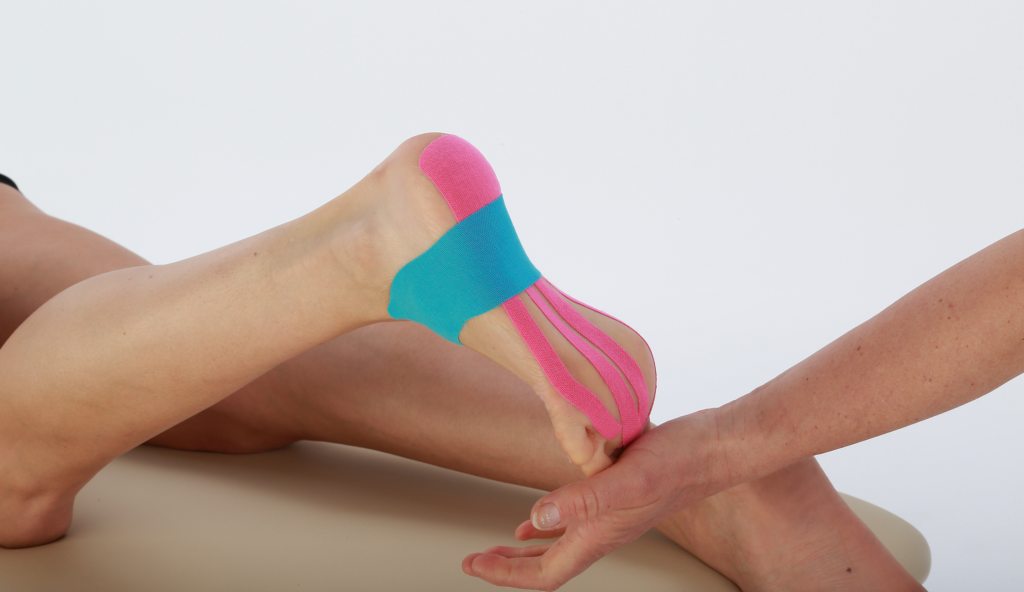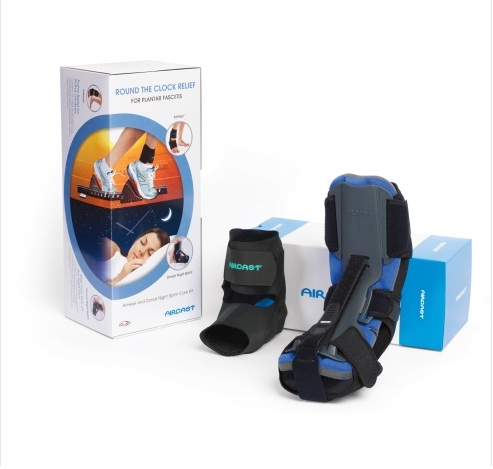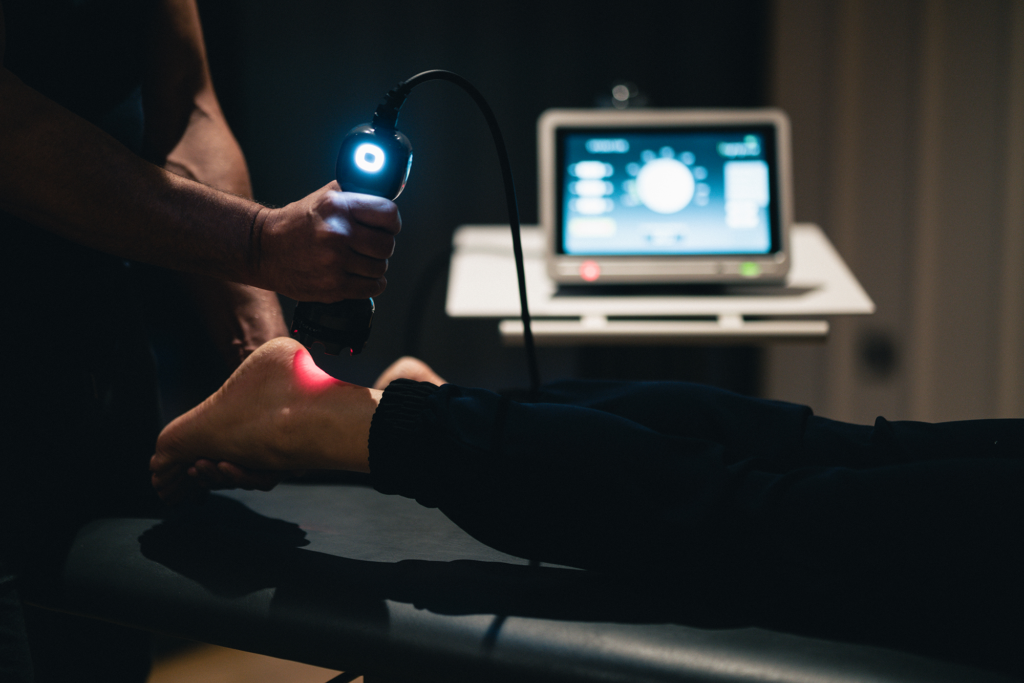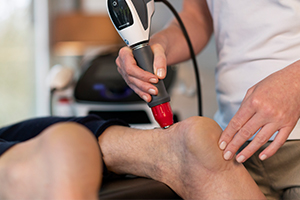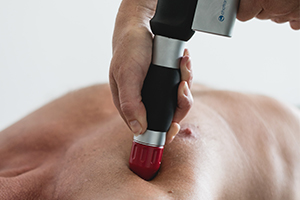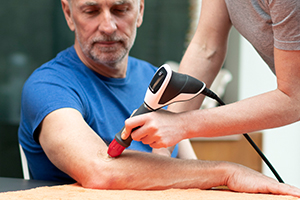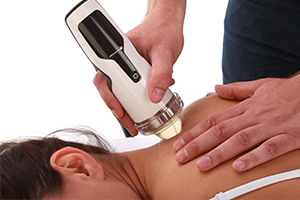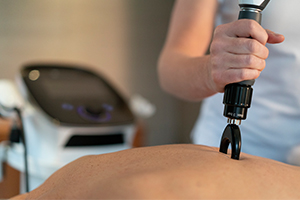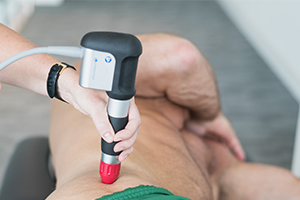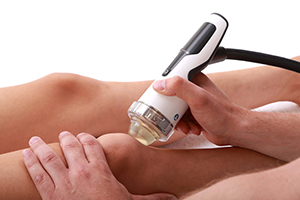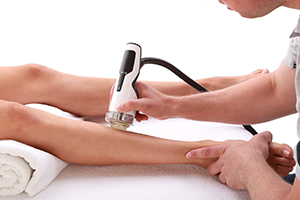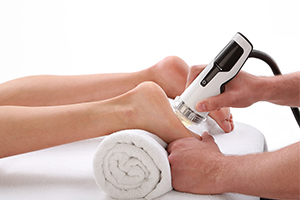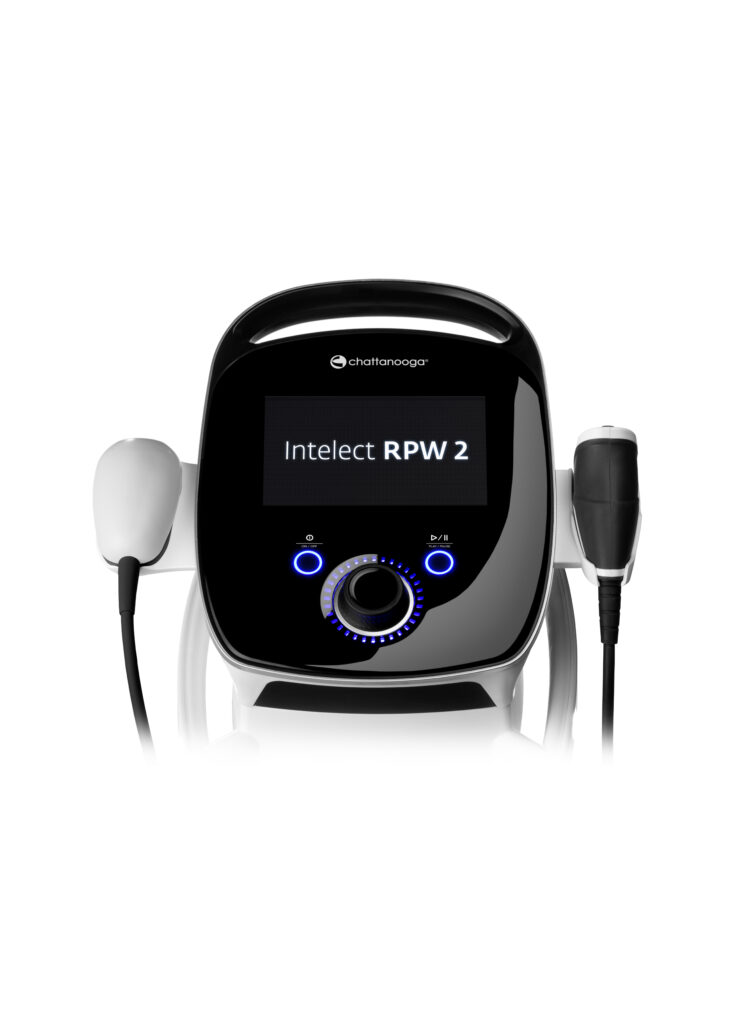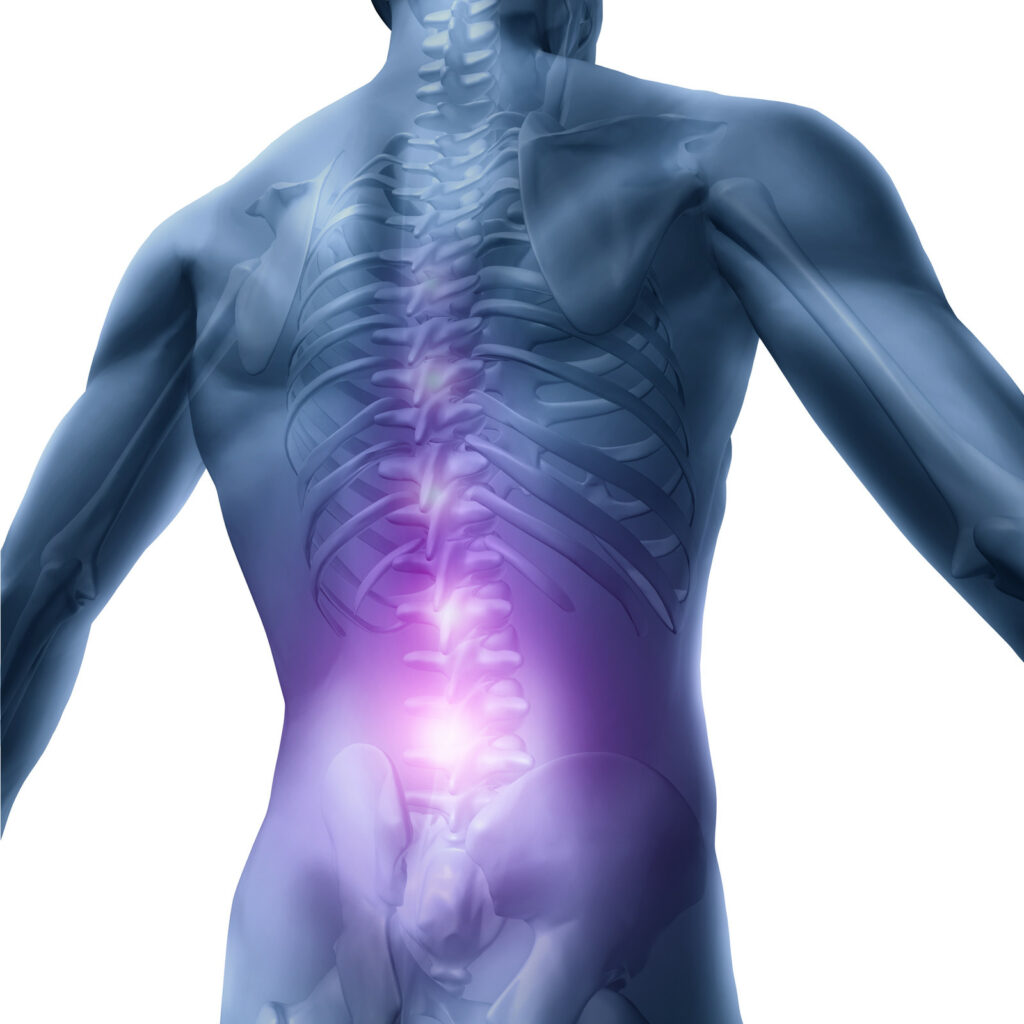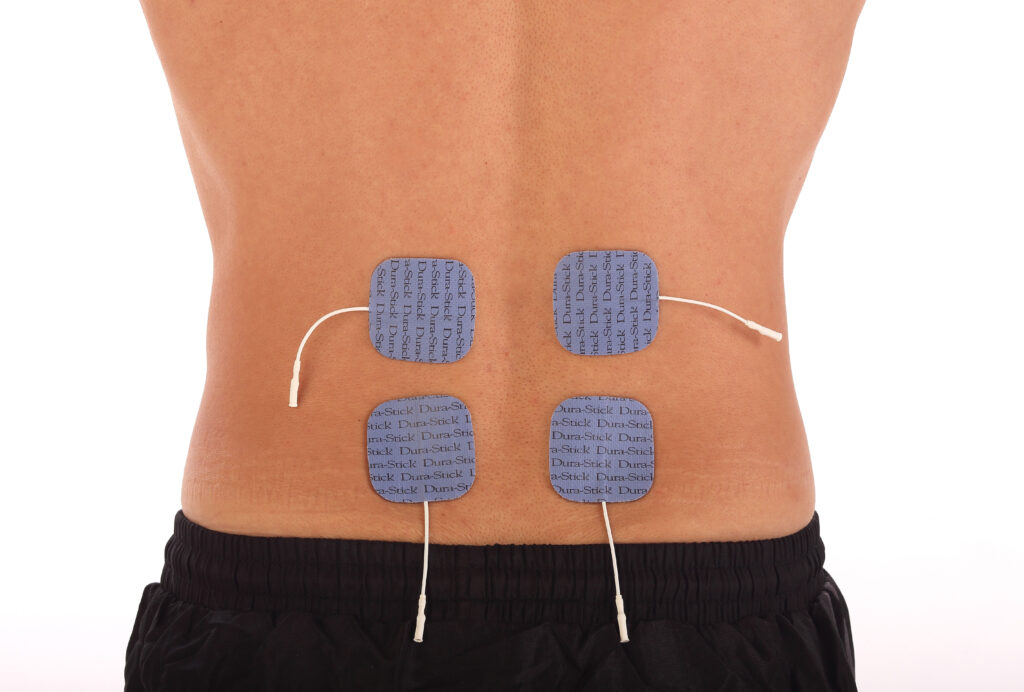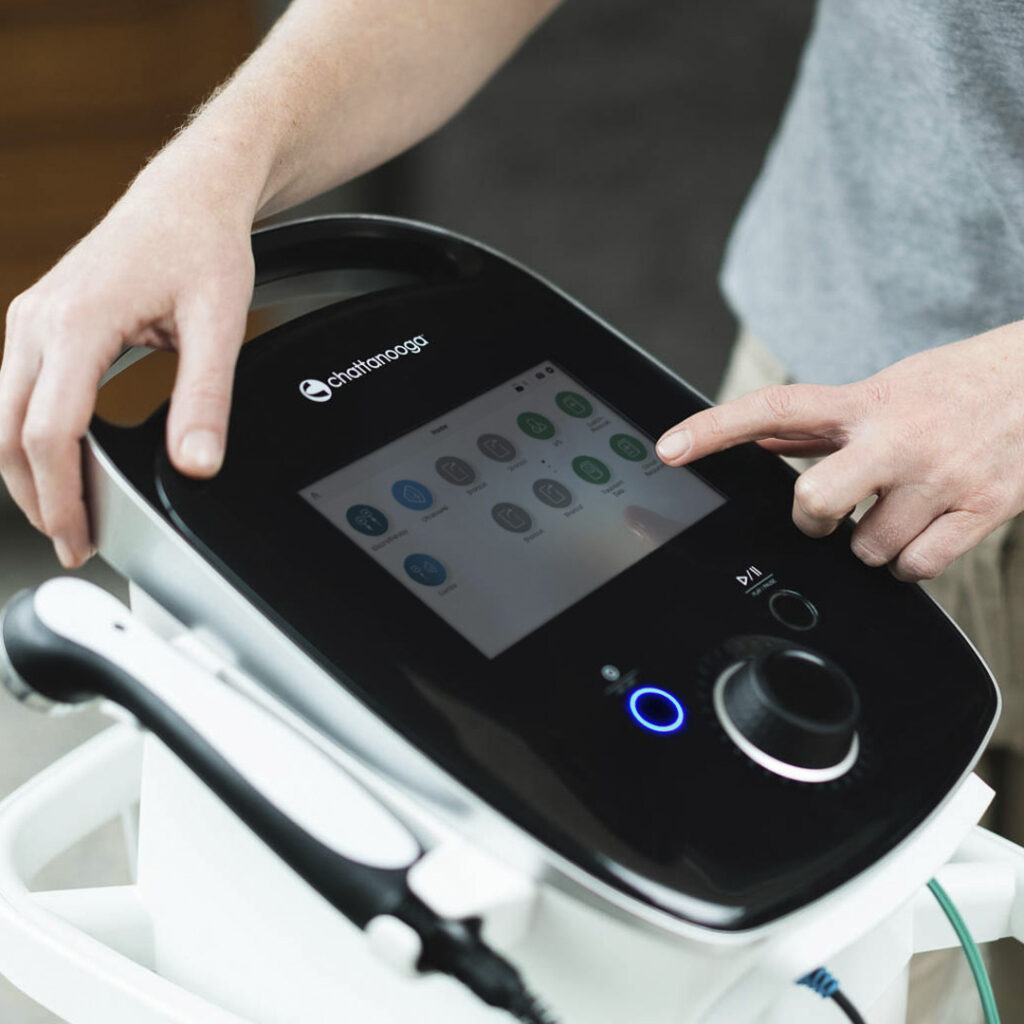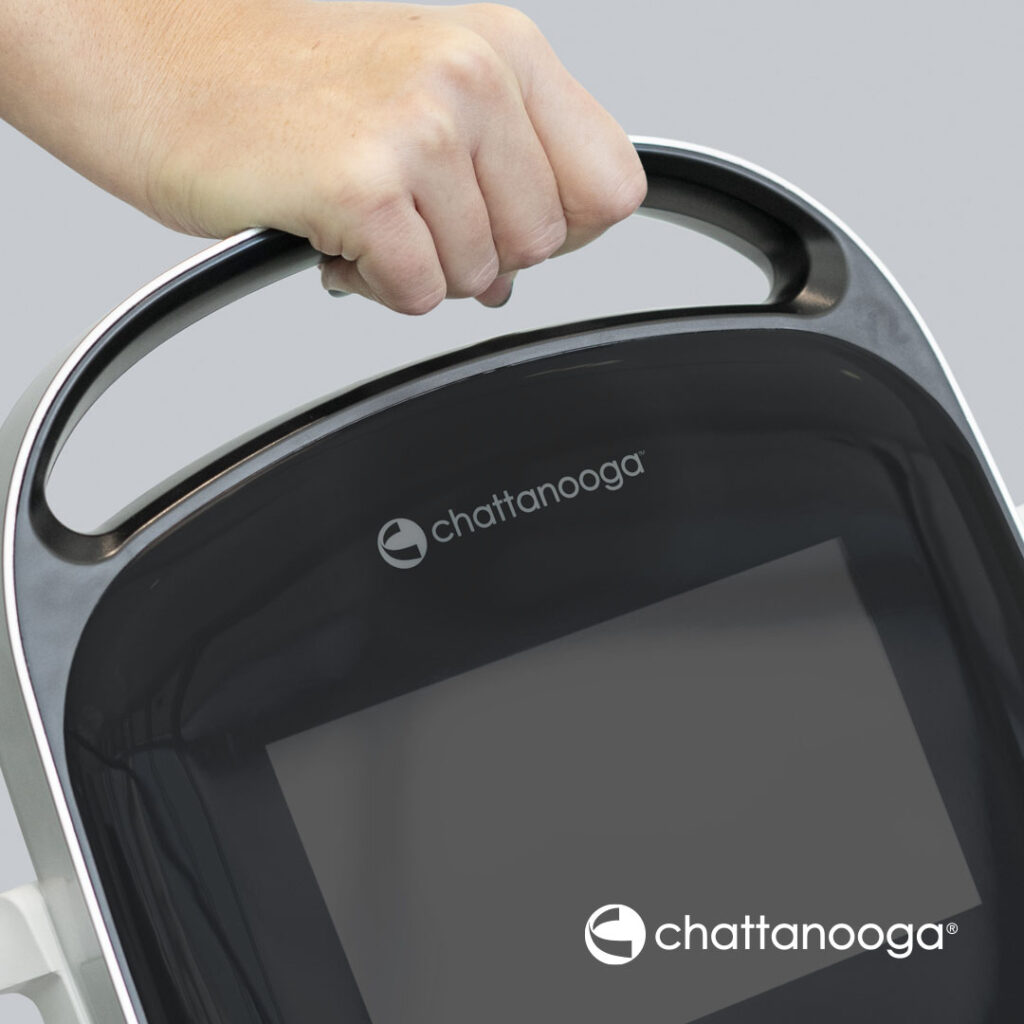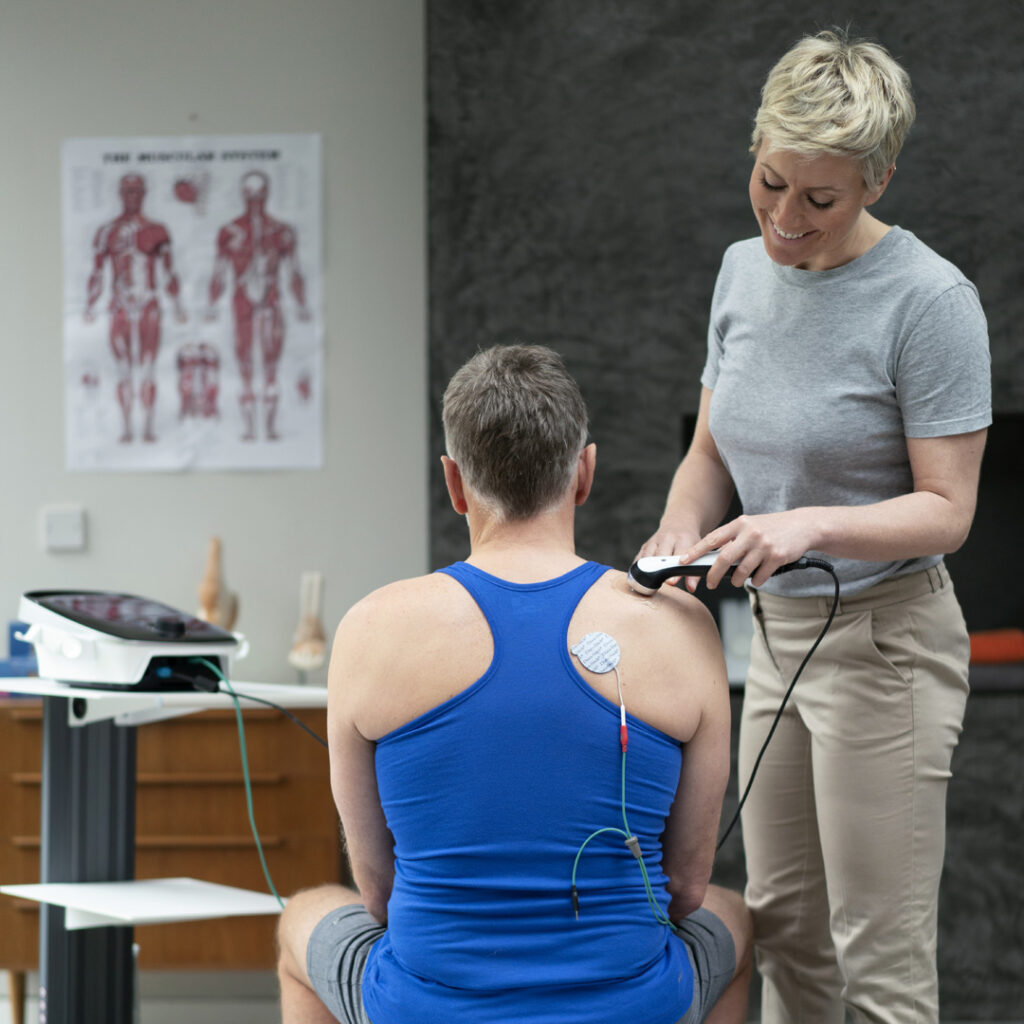Since the COVID-19 pandemic began in 2020, the number of patients reporting heel pain has risen. The condition is now so common it has come to be known as “pandemic foot”. Is there really a link between COVID-19 and heel pain, and if so, what treatment options are available?
What is plantar fasciitis?
While “pandemic foot” might be a catchy name, the correct medical term is plantar heel pain, or plantar fasciitis. This condition presents as pain felt on the bottom of the foot around the heel and arch. It is an overuse condition often associated with runners, especially those over the age of 40.
Excessive pressure on the foot, along with a tight calf or Achilles tendon, can cause inflammation of the plantar fascia, the thick band of tissue on the bottom of the foot connecting the heel to the toes.
The pain is commonly felt during the first step, as well as during weight-bearing tasks, particularly after periods of rest.1 Patients often report the pain at its worst as they take their first steps of the day after getting out of bed. It typically decreases as the calf and Achilles tendon become looser during activity, only to return the following day after things have tightened up again during the night.
Does COVID-19 cause plantar fasciitis?
There is no current evidence to suggest there is a direct link between COVID-19 and heel pain. Instead, the rise in plantar fasciitis is more likely to be due to the changes in our daily lives the pandemic has brought about.
Gym attendances have declined since the beginning of the pandemic, with outdoor running and walking becoming more popular instead. More running and walking mean more stress on the plantar fascia, which, due to an increase in flexible working, can be exacerbated by more time spent walking around at home in bare feet, slippers, or flip-flops.
Without the additional support that a heeled shoe can provide, like those typically worn in office environments, the foot spends more time in a flat position, which, for extended periods, can put additional strain on the fascia. Add to this stiff muscles and tendons from running, and you have a recipe for plantar fasciitis. This is the indirect link between COVID-19 and heel pain.
How can heel pain be treated?
There are a number of conservative treatment options for plantar fasciitis. They range from relatively simple orthotics to more advanced rehabilitation devices.
Taping for heel pain
Physio tape (also known as kinesiology tape) like Chatt-Tape is elastic adhesive tape that can be applied to parts of the body to aid healing and recuperation of the soft tissue.2
Tape can be applied to the heel, ankle, and underside of the foot to release tension in the plantar fascia as well as stabilize it. A study by Tezel et al. (2020) showed that kinesiology tape provided pain relief and improved quality of life for patients with plantar fasciitis, as well as improved functionality.3
Bracing for heel pain
Plantar fasciitis can be relieved by wearing an orthotic during the night to help reduce the tightening of the calf muscles and Achilles tendon.4 One such device is Aircast’s Dorsal Night Splint; this product is worn while the patient sleeps, to maintain the position of the foot at 90°, thereby helping to stretch the calf and Achilles tendon.
Another type of foot orthosis for plantar fasciitis is a pneumatic ankle brace. Also from Aircast, the AirHeel is designed to treat plantar fasciitis, Achilles tendonitis, and heel pain. Using two interconnected aircells located under the foot arch and in the back of the heel, the brace applies pulsating compression with every step to help reduce swelling and discomfort and enhance circulation.
Kavros’s 2005 study showed that patients with higher plantar fasciitis pain experience faster relief with the Airheel than with a shoe insert.5
Shock wave therapy for heel pain
Shock wave therapy is an electronic modality that uses acoustic waves to stimulate the body on a cellular level for healing purposes. Generally divided into focused shock wave (F-SW) and radial pressure wave (RPW) therapy, shock wave therapy has been shown to be a clinically proven treatment option for plantar fasciitis, especially when treatments like taping have not been successful.1
In a 2022 study by Wheeler et al., RPW treatment provided significant improvement of pain and function in patients with chronic plantar fasciopathy.6
High power laser therapy for heel pain
High power laser therapy, like that offered by LightForce, uses the energy of focused light to trigger the body’s natural healing processes, thereby speeding recovery.
Ordahan et al.’s 2018 study demonstrated that high power laser therapy provided improvement of pain and function in patients with plantar fasciitis.7
Combining laser therapy with shock wave therapy has shown to be even more effective.8
To learn more about products for heel pain, visit enovis-medtech.eu
References
- Morrissey, D., Cotchett, M., Said J’Bari, A., Prior, T., Griffiths, I. B., Rathleff, M. S., Gulle, H., Vicenzino, B., & Barton, C. J. (2021). Management of plantar heel pain: a best practice guide informed by a systematic review, expert clinical reasoning and patient values. British journal of sports medicine, 55(19), 1106–1118.
- Homayouni, K., et al. (2013). Comparison between kinesio taping and physiotherapy in the treatment of de Quervain’s disease. J. Musculoskelet. Res. 16(4).
- Tezel, N., Umay, E., Bulut, M., Cakci, A (2020). Short-Term Efficacy of Kinesiotaping versus Extracorporeal Shockwave Therapy for Plantar Fasciitis: A Randomized Study. Saudi J Med Med Sci. Sep-Dec;8(3):181-187.
- Powell, M., Post, W. R., Keener, J., & Wearden, S. (1998). Effective treatment of chronic plantar fasciitis with dorsiflexion night splints: a crossover prospective randomized outcome study. Foot & ankle international, 19(1), 10–18.
- Kavros, S. J. (2005). The efficacy of a pneumatic compression device in the treatment of plantar fasciitis. Journal of applied biomechanics, 21(4), 404–413.
- Wheeler, P. C., Dudson, C., & Calver, R. (2022). Radial Extracorporeal Shockwave Therapy (rESWT) is not superior to “minimal-dose” rESWT for patients with chronic plantar fasciopathy; a double-blinded randomised controlled trial. Foot and ankle surgery : official journal of the European Society of Foot and Ankle Surgeons, 28(8), 1356–1365.
- Ordahan, B., Karahan, A. Y., & Kaydok, E. (2018). The effect of high-intensity versus low-level laser therapy in the management of plantar fasciitis: a randomized clinical trial. Lasers in medical science, 33(6), 1363–1369.
- Takla, M. K. N., & Rezk, S. S. R. (2019). Clinical effectiveness of multi-wavelength photobiomodulation therapy as an adjunct to extracorporeal shock wave therapy in the management of plantar fasciitis: a randomized controlled trial. Lasers in medical science, 34(3), 583–593.


